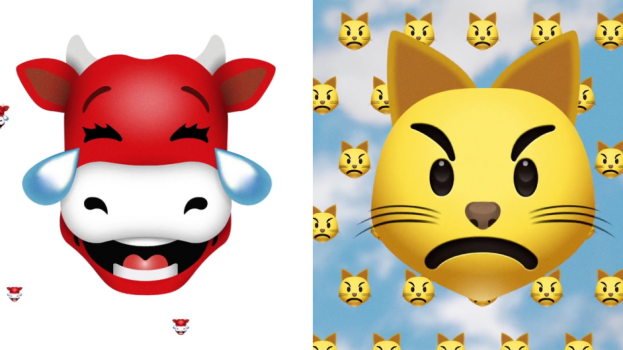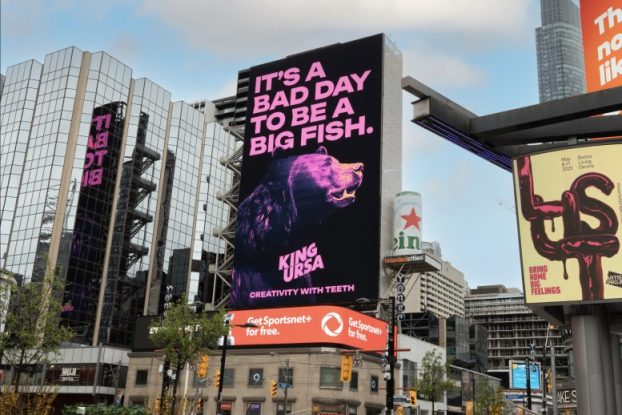Scout has been looking to premiumize the canned seafood space, largely through its design and packaging. Now it is enhancing that positioning by looking closer at where it appears in store and establishing new retailer partnerships.
Co-founder Adam Bent tells strategy that its canned lineup, which includes Ontario trout, PEI mussels and Atlantic Canada lobster, will be merchandised at fresh seafood and specialty meat and cheese counters. That brings the brand out of centre store, where canned seafood is seen as a “cheap” staple commodity, Bent says; he wants Scout to instead be associated with craftsmanship by placing it near the deli counter. That’s also the norm in Europe, with its premium centuries-old “conservas,” but something that is a bit of an eyebrow raiser here.
Scout is also enforcing its positioning through the retailers it is supplying. Its newest SKU, a Marine Stewardship Council-certified Albacore Tuna from the Pacific Northwest, is now available at Farm Boy locations in Ontario, with the rest of the fall focused on expanding its reach in independent grocers and on health and wellness focused site Well.ca. Next year, it plans to be available in Canadian Whole Foods locations.
But it’s not just grocery partnerships. It has partnered with foodie community site Food52 to launch of line of non-food products, like specialty cutting boards and other tools of the trade, to make seafood more lifestyle associated.
Scout has also done some light product R&D testing with the popular outdoor clothing and gear brand, Patagonia. In the U.S., Scout is merchandised in Whole Foods with the brand’s Patagonia Provisions, a lineup of locally-sourced food that travels well and also includes canned seafood. While the two brands have some similar products and overlapping consumer profiles, they share a similar mandate, as Patagonia is a founding member of 1% for the Planet and its consumer base is engaged when it comes to environmental concerns.
“We are very friendly as brands, and working closely to change consumer behavior around canned seafood and to change the perception of canning,” Bent says, adding that sometime in the future, there will be more product collaboration.
No matter where it appears, Bent says Scout’s packaging is the main thing that helps it stand out, especially compared with the typical a label on a circular can, the status quo for canned seafood.
“We intentionally put our cans in boxes with beautiful illustrations of the species,” Bent says. “And when you pick up the packaging you learn about its environmental impact, where it was sourced, recipes, wellness claims, and that it’s a great functional ingredient.”
Scout looked to tuna for its newest SKU because it is, as Bent says, a “gateway fish” that is disproportionately dominant in the canned food space. However, the vast majority is caught overseas, particularly in places like South Asia, with little regard for environmental stewardship. This is where Scout hopes to stand out, with digital messaging emphasizing “boat to shelf” and building consumer trust through collaborators like the BC Tuna Fishermen’s Association, as well as its hand cut and hand-packed value proposition.

























